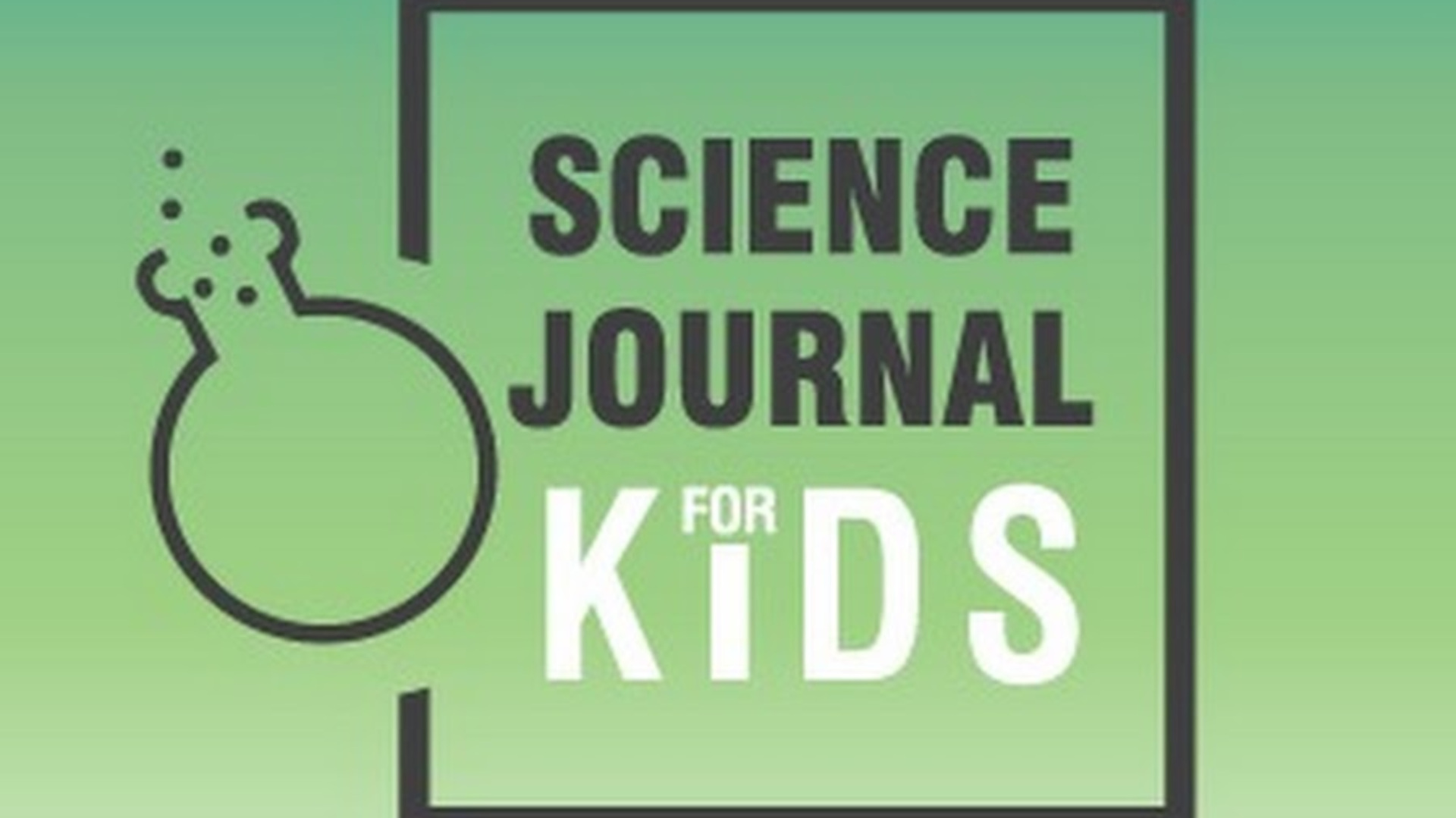What is a Flipped Classroom?
A flipped classroom prioritizes hands-on work and educator-student interaction by “flipping” the type of work typically done during and outside of class.

A flipped classroom employs an education strategy called flipped learning that prioritizes educator and student interaction and hands-on practice during class time. The flipped classroom approach is used by educators in K-12 and higher ed, and has drawn increasing interest since the pandemic as many teachers have become more tech-savvy and willing to experiment with nontraditional forms of teaching and learning.
What is a Flipped Classroom?
A flipped classroom “flips” the traditional classroom by having students watch video lectures or conduct readings prior to class time. Then students engage in what might traditionally be thought of as homework during class time when the educator can actively help them.
For instance, in a flipped classroom writing class, an instructor might share a video lecture on how to introduce a thesis in an introductory paragraph. During class, students will practice writing introductory paragraphs. This strategy allows flipped classroom educators to give each student more individualized time as they learn to apply a given lesson more deeply. It also gives students time to practice skills related to the lesson.
An added bonus of the flipped classroom approach is that having a bank of video lectures or other resources for a class can be useful for students to revisit as necessary.
What Subjects and Levels Use A Flipped Classroom?
A flipped classroom approach can be employed across subject matter from music to science and everything in between. The strategy is used with K-12 students, college students, and with those getting advanced degrees.
In 2015, Harvard Medical School launched a new curriculum that utilized flipped classroom pedagogy. The change was inspired by internal research that compared case-based collaborative learning to traditional problem-based learning curriculum. The two groups performed similarly overall, but the case-based learning students who had previously struggled academically did better than their problem-based counterparts.
What Does Research Say About Flipped Learning?
For a study published in the Review of Educational Research in 2021, researchers examined 317 high-quality studies with a combined sample size of 51,437 college students in which flipped classrooms were compared to traditional lecture classes taught by the same instructors. These researchers found advantages for flipped classrooms vs. those that employed traditional lecture in terms of academics, interpersonal outcomes, and student satisfaction. The greatest improvement was in students’ professional academic skills (the ability to actually speak a language in a language class, code in a coding class, etc.). Students in hybrid flipped classrooms in which some lessons were flipped and others were taught in a more traditional manner tended to outperform both traditional classrooms and fully flipped classrooms.
Tech & Learning Newsletter
Tools and ideas to transform education. Sign up below.
How Can I Learn More About Flipped learning?
Flipped Learning Global Initiative
Co-founded by Jon Bergmann, a high school science teacher and a pioneer of flipped classrooms who has written more than 13 books on the topic, this site offers a wide range of resources for those interested in learning more about flipped classrooms. The site also offers online flipped learning certificate courses for educators working in both K-12 and higher ed.
This network of flipped educators offers free resources on flipped classrooms including videos and podcasts. It also gives educators the chance to connect and share flipped classroom strategies on a dedicated Slack channel and Facebook group.
Tech & Learning’s Flipped Resources
Tech & Learning has covered flipped classrooms extensively. Here are some stories on the topic:
Erik Ofgang is a Tech & Learning contributor. A journalist, author and educator, his work has appeared in The New York Times, the Washington Post, the Smithsonian, The Atlantic, and Associated Press. He currently teaches at Western Connecticut State University’s MFA program. While a staff writer at Connecticut Magazine he won a Society of Professional Journalism Award for his education reporting. He is interested in how humans learn and how technology can make that more effective.

